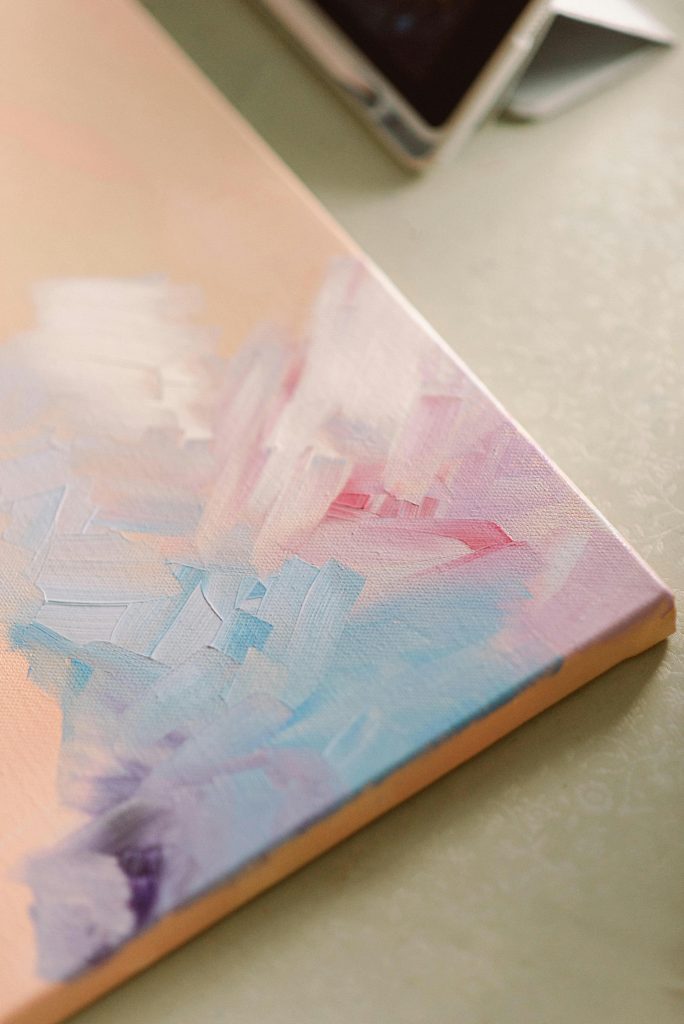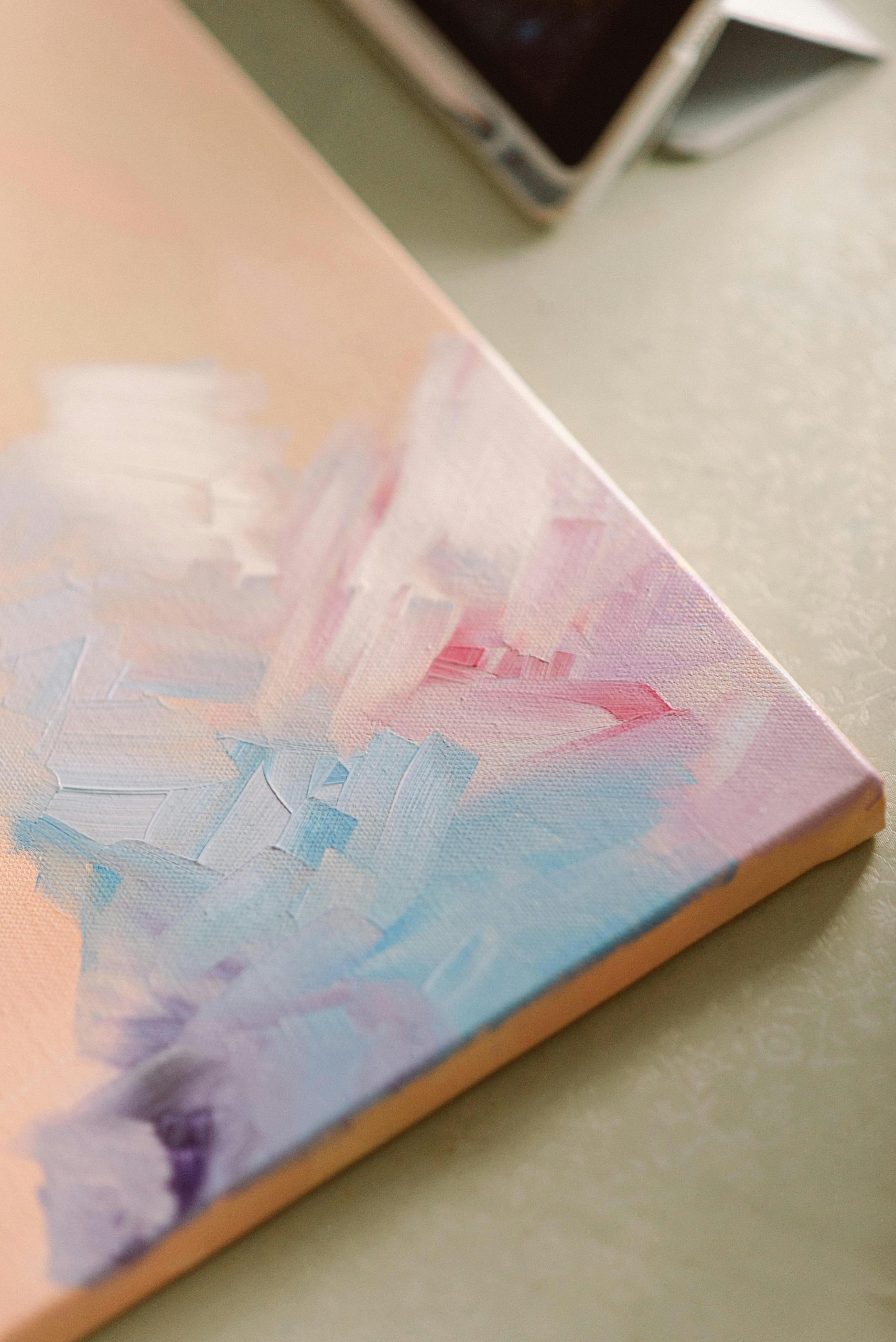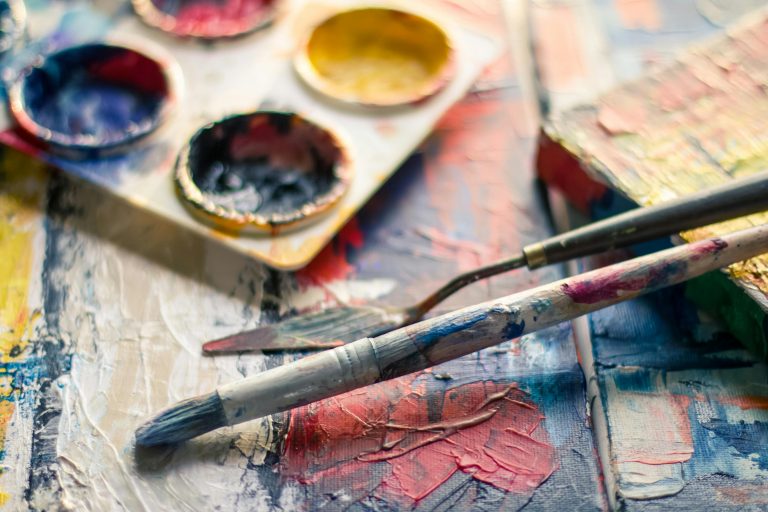Painting as a Safe Place
In a world that constantly demands speed, perfection, and performance, painting offers something incredibly rare: stillness. It’s more than just a hobby or a skill—it’s a quiet space for emotional release, reflection, and self-connection. Whether someone considers themselves “artistic” or not doesn’t matter. The magic of painting isn’t in the results—it’s in the experience.
The Canvas Doesn’t Need a Plan
One of the most comforting things about painting is that it doesn’t require direction. There’s no need to know what you’re creating before you start. In fact, some of the most meaningful pieces come from moments of spontaneity—when color and movement take the lead, and the mind steps back.
This kind of free-flowing creativity is especially healing for people who feel overwhelmed or mentally cluttered. The act of painting allows for emotional release in a way that feels safe and unpressured. There’s no “wrong” way to do it. There are no grades, no expectations, no need to explain.
Painting Lets Emotions Speak Without Words
Not everyone finds it easy to talk about their feelings—and that’s okay. Painting creates a space where emotions can be expressed without ever needing to be verbalized. Anger might come through in bold strokes or messy textures. Sadness may show up in deep, cool tones. Joy could explode onto the canvas in bright swirls and warm color palettes.
It’s not always clear what’s being expressed in the moment, and it doesn’t have to be. What matters is the ability to feel without being judged. To sit with emotions in a gentle way. To let creativity hold space for what the heart is carrying.
Letting Go of Perfection Is Part of the Process
Social media often glorifies perfect aesthetics and flawless art, which can create pressure to perform even in personal, creative outlets. But painting, at its core, isn’t about skill. It’s about honesty. The more a person lets go of trying to create something “impressive,” the more they tap into something meaningful—something personal.
Painting can be messy. Unbalanced. Chaotic. And still powerful. Learning to embrace that imperfection is a form of self-compassion. It allows people to be human in a world that often expects them to be polished.
Self-Discovery Hides in the Brushstrokes
The more consistently someone paints—even casually—the more patterns begin to emerge. Certain colors might appear more during stressful times. Smooth or chaotic textures might reflect different emotional states. Without even realizing it, people begin to understand themselves on a deeper level just by observing what they create.
This subtle form of self-awareness can be incredibly grounding. It’s not analytical or clinical—it’s intuitive. Painting allows people to get to know themselves in a language beyond words.
A Gentle Invitation Back to Yourself
No matter how long it’s been or how unfamiliar it may feel, painting is always available. The canvas will never ask for perfection or productivity. It will simply meet the painter where they are.
For teenagers navigating emotions, identity, and constant changes, painting can become a quiet ritual—a place to check in with themselves. For adults dealing with stress, burnout, or grief, it can become a small act of healing. For anyone in between, it’s a safe space to be still, to explore, and to create without pressure.
Final Thoughts: A Practice, Not a Performance
Painting isn’t about being an artist. It’s about being present. It’s a soft reminder that expression doesn’t have to come with explanation. That peace can be created with color, texture, and time. And most importantly, that there’s always a space—however small—where you can simply be.
So if the world feels overwhelming, try picking up a brush. You don’t need to know where it’s going. You just need to start.
For more ways to slow down and reset, keep coming back to SootheSync






